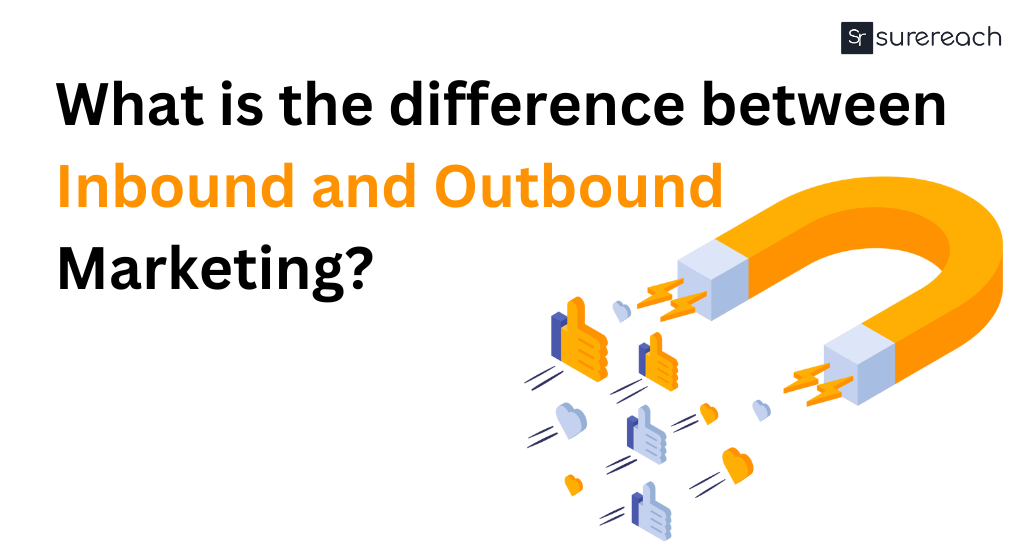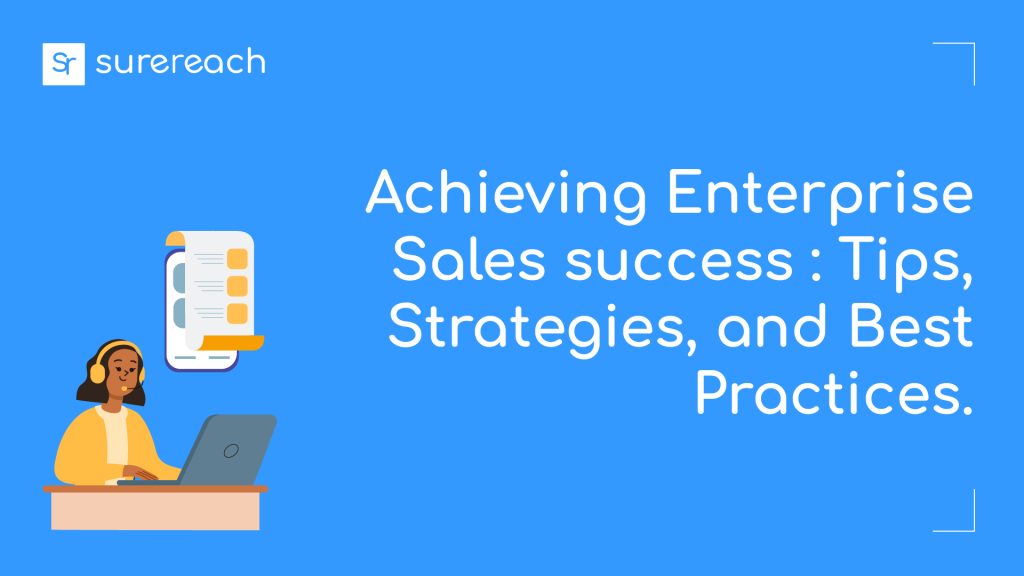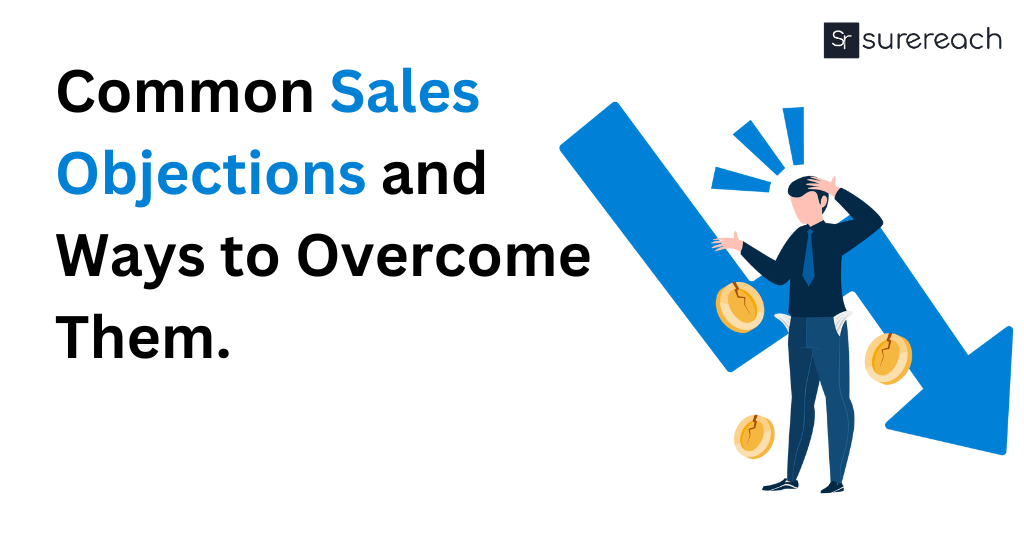Account based marketing definition
Account-based marketing (ABM) is a kind of growth strategy in which sales and marketing collaborate to target important clients that have sizable revenue potential. For every client, highly customized marketing campaigns and buyer experiences are made possible by the use of B2B data.
This indicates that the marketing strategy is customized, unique, and customized. ABM is selecting a smaller list of targets and tailoring your approach to meet their specific wants and goals, as opposed to marketing to a large number of individuals or organizations that are grouped together by similar characteristics or circumstances.
ABM Advertising
According to 85% of marketers, account-based marketing yields larger returns than any other marketing strategy, making it a suitable strategy for expanding B2B and SaaS businesses.
ABM concentrates on producing content targeted at individual prospects at specific organizations that your company wishes to collaborate with, as opposed to focusing on broad audiences. This works particularly well if your company caters to enterprise clients since ABM lets you target different decision-makers.
B2B Account based marketing
Account-based marketing has several benefits that it may offer a company. The advantages of ABM strategies have been emphasized by several recent studies:
According to a Demandbase research, 19% of businesses who have been utilizing ABM for a year or more have seen a revenue increase of more than 30%.
According to a SiriusDecisions survey, 91% of marketers that use ABM report bigger transaction sizes, with 25% reporting increases of more than 50%.
According to ITSMA, businesses who used ABM had improvements in customer relationships of 74% and reputation ratings of 84%.
Beyond improved ROI, ABM provides two other essential advantages:
It first leverages resources more effectively than conventional marketing because it targets content to high-value accounts. As a result, addressing objections takes up less time and there is more marketing budget available for tactics like paid.
Sign up and get 20 credits for free!
We have 3 million+ contacts stored to connect you with prospects all over India
Second, it facilitates the development of a common mentality between marketing and sales (also known as “smarketing”), strengthening the bond between the two departments and optimizing your B2B sales cycle for more effective marketing and sales funnels.
Account based marketing Strategies
- Determine the target accounts.
Account-based marketing adopts a different strategy than traditional marketing, which calls for reacting to interested leads. You choose the businesses you want to collaborate with first, and then you use customized marketing efforts to pique the attention of the target account.
Choose targets with high-value potential because you’ll be investing a lot of time and effort in chasing these accounts. That may amount to a few hundred dollars for certain enterprises and millions of dollars for others.
- Prospect rankings within your intended accounts
Your team can’t get in touch with a firm; a list of target accounts is a smart place to start. To begin cultivating connections with decision-makers and staff at these companies, you must locate their contact information.
Lead-based targeting has to be extremely complex and advanced for ABM to be successful. With account-based marketing, you are ultimately still targeting a single person, but you are doing it inside the framework of a broader account.
Check your CRM to see whether contacts at potential accounts you already have data on have the authority to make decisions. Look for more pertinent connections on LinkedIn if they’re no longer with the company or if their position is too low.
Add these contacts to your CRM after that. Together with your team, rate prospects in these accounts if you import dozens of contacts into one. This will assist you in focusing only on the business’s essential decision-makers.
- Sync up sales and marketing
Sales and marketing should collaborate to develop processes for fostering your most valuable connections. The two groups ought to agree on:
- Your ideal client profile and target accounts (ICP)
- Consistent message across the whole client experience
- Which KPIs, or key performance indicators, will you monitor?
- How the ABM approach will be supported by their usage of technology
- Which activities are most important for qualifying a lead (score systems are used by certain Teams to determine whether leads are ready for outreach)
- Which acts of nurturing belong to whom? This should involve giving duties to each team Member rather than just designating them for “marketing” or “sales.” Accountability guarantees that no opportunity is overlooked.
- Sales and marketing must regularly interact in order to implement account-based marketing.
Account based marketing b2b
- Create Personalized Content
Targeting certain prospects at your target organizations is the main goal of account-based marketing. The good news is that creating hyper-personalized content that is specific to each prospect’s requirements at your target organizations will be a lot easier with this method.
For instance, if the C-suite leader of an office supply company is your target, you may write a guide outlining how your company achieved success for a very comparable company and send it to them directly over email.
Personalization is essential to getting B2B prospects to interact with your brand in the midst of the deluge of marketing information they are exposed to. ABM can be customized by:
- Making advertisements aimed at certain positions or businesses
- Contacting connections on LinkedIn upon receiving a promotion
- Including dynamic material in your email campaigns and on your website
- mentioning businesses or individuals by name (if you’re feeling adventurous)
- Writing individualized emails to contacts at the businesses you want to target
- Seeing potential customers face to face at trade shows
- Evaluate your performance
Because of the length of the B2B sales cycle, it might take some time to determine whether your account-based marketing methods are effective. But before your team wastes too much time on a pointless lead, you may make a course correction with the perfect data analytics technology.
ABM depends on data, thus check your ABM platform to monitor key performance indicators such as:
- Impacted the pipeline
- Rates of engagement
- Accessible rates
- Click-through percentages
- Transformations
- Upsells and cross-sells
- Values of annual contracts
- Value of a customer for life
- Victory percentages
With ABM, the quality of lead engagement is given greater weight than the quantity of leads. Although the agreements are larger, the sales cycles are often lengthier. If your ABM techniques are working, the ideal outcome would be to observe a rise in your average deal size.








Sanidhya Arora
More posts by Sanidhya Arora